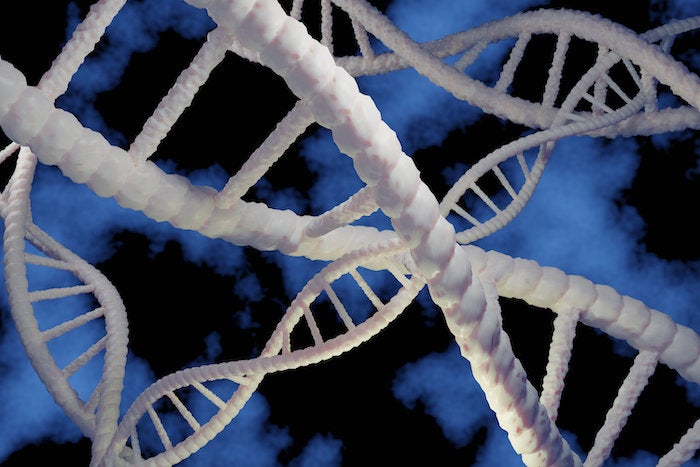Geneticists and archaeologists studying ancient DNA should engage with stakeholders in the places where they conduct research, minimize damage to human remains and share their data, according to new guidelines outlined in a paper co-authored by a Rice University anthropologist and published today in Nature.

Ancient DNA research has exploded in scale over the last decade, according to Mary Prendergast, an associate professor of anthropology at Rice and one of the corresponding authors of the open access paper, "Ethics of DNA Research on Human Remains: Five Globally Applicable Guidelines."
"Using this approach, we've been able to better understand our shared origins as a species, and to seek answers to all kinds of important questions — about things like migration, marriage, diet and more," Prendergast says. But she adds that conducting such research requires respect and care.
"Human ancient DNA research requires using a small piece of bone or tooth to generate genetic data," she says. "From this small piece we can learn a lot about an individual’s ancestry, but the practice itself is sensitive because it involves destructive techniques."
That's why Prendergast and a group of colleagues from more than 30 countries developed the first-ever global guidelines for ancient DNA research. First and foremost, they write that researchers should ensure everyone who’s involved follows all regulations that apply in the areas where their work takes place and where human remains are found. These regulations include research and export permissions, and in some cases community consultation. In addition, they must prepare detailed research plans before any study begins.
When researchers sample ancient human remains, they must do everything they can to minimize damage, and once their research is complete they must make their data available to other scientists for replication purposes, according to the paper. Prendergast says this will prevent the unnecessary destruction of remains for similar or duplicate studies and allow researchers to independently confirm the results of previous work. Finally, the guidelines say researchers must engage with other stakeholders from the beginning of a study and ensure their perspectives are respected.
"Stakeholders are people who are connected to the ancient individuals, whether as descendants, curators, researchers or other invested individuals,” Prendergast says. "They should be involved from the very beginning in discussions about study design and whether or not a project should take place.
"It's our hope that these guidelines will help researchers make decisions that respect both the living and the deceased, while advancing research that is revealing new insights about the past," she adds.
More than 60 archaeologists, anthropologists, curators and geneticists from around the world helped develop the standards at a virtual ethics workshop held Nov. 4-5, 2020. The authors translated the paper, which is free to download, into nearly two dozen languages.

